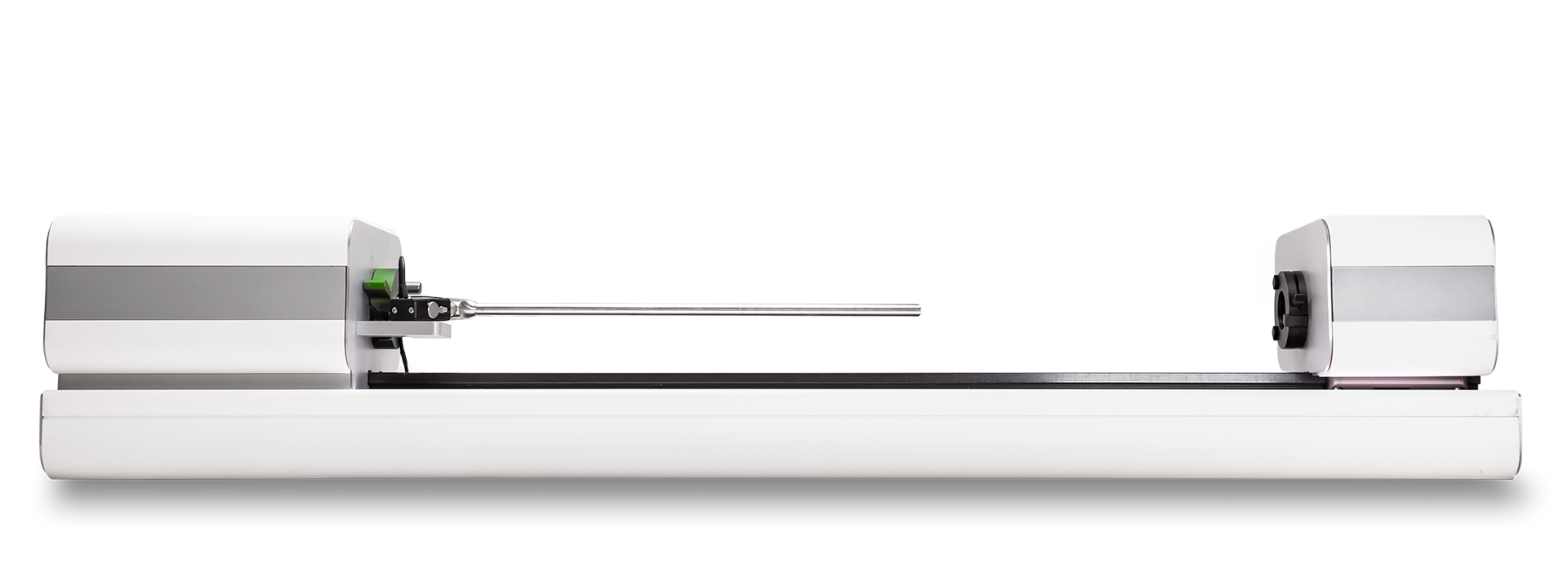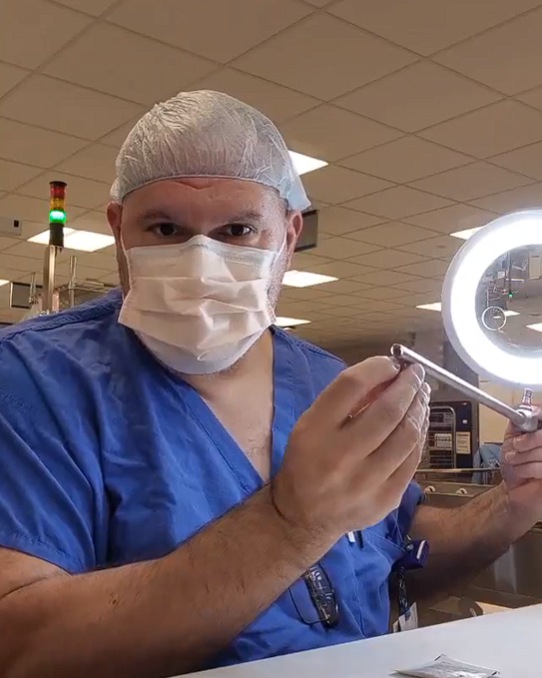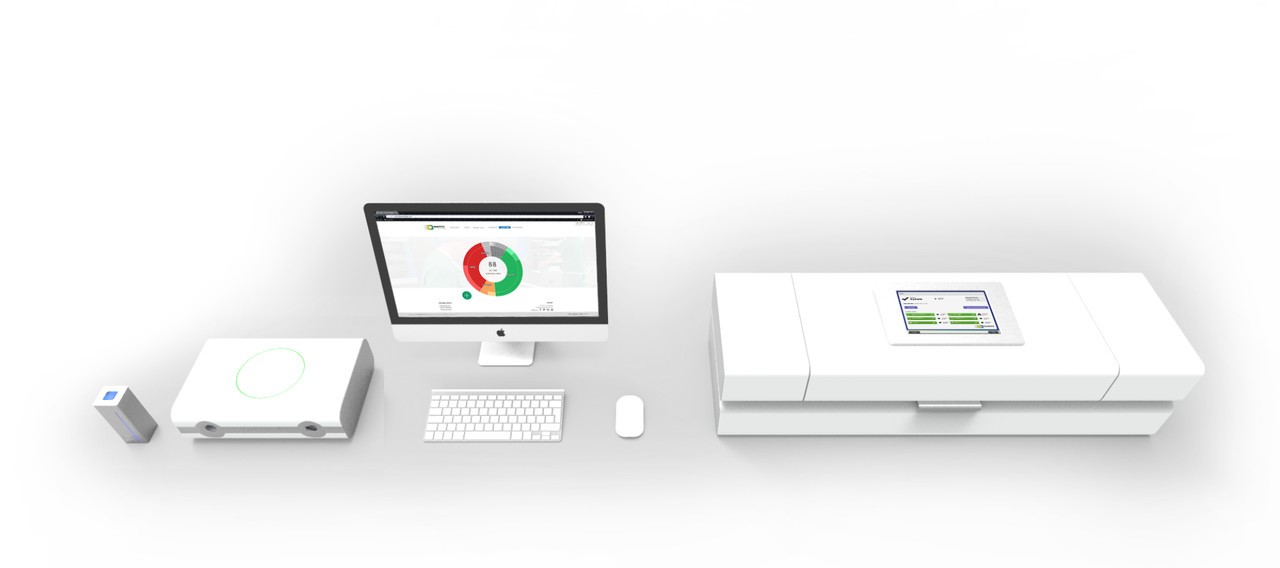An endoscope's effectiveness depends on its quality, and that's where automated endoscope testing with Dovideq comes in. While this method of testing has many benefits, there are also downsides to consider. Especially when just starting out.

One of the downsides of automated endoscope testing with Dovideq is that in the first few weeks, hidden defects may pop up that need attention.
This can give healthcare providers more work to do in the first few weeks, which can be a strain on resources and a manager's nerves. It's important to realize this before starting. This blog covers some points we see very often when decontamination departments start off with automated endoscope testing.
Repair companies
First off, repairs may show up that haven't been doing as well as everyone thought. Since you've got a device now that tests endoscopes for quality, why not pop that optic in after a repair? Surprise! A rigid endoscope will never get to a new-state after a repair. However, it's still very usable and can lower your operational costs significantly. Sometimes, however, repairs aren't up to par. Finding this out may lead to some difficult and sometimes even heated discussions with your repair company.
It's not strange to get push-back when you'll be the first one, sometimes ever, to give a detailed report about a repair being done. How would you feel if a machine checked your job and you didn't even know it was going to happen?!

Often the repair company doesn't have a repeatable procedure to check on their own repairs. Doing repairs on optics is a real handcraft that can only be done by experienced and professional tradesmen. They have great days and off-days like everyone else. For this discussion, Dovideq developed documentation and videos to show these companies. Our advice is to send this info to your repair company and other involved suppliers before you start.
Keep in mind that 30-50% of your endoscopy inventory need repairs on a yearly basis. Dovideq's equipment shows this very clearly. It doesn't mean that the endoscopes are unusable, however. It just means they need attention and careful monitoring, which is done automatically anyhow.
Surgeons
Some surgeons are less careful with equipment than others. This becomes visible only now, as the equipment picks up on these discrepancies between procedures by different surgeons. This can result in more wear and tear on some endoscopes than others, which can cause problems down the line. It also means that someone is going to have an awkward conversation with a surgeon.

In addition, you'll find out that some endoscopes are used all the time, while the same type sits in a "reserve set" most of the time. Why not mix those sets up a bit?
Transport and handling become issues that weren't seen before. How else would a rigid scope be ok in the OR and broken in the CSSD?
We've seen a myriad of related issues, that nobody realized before.
Suppliers
Another downside is that some brands and types of endoscopes may not be as good as they claimed to be. Automated testing can expose weaknesses that manufacturers rather not have you know about. This can be especially problematic for healthcare providers who have invested in expensive endoscopes, only to find out they are not as reliable as advertised.
The upside of automated endoscope testing
On the positive side, after the initial period of discovery, automated endoscope testing with Dovideq can lead to many benefits. Here are some:
No more yelling surgeons, because no more delays caused by defective endoscopes and no more surprise repairs. The whole process becomes faster and predictable.
- Lower class repairs. Since the machine finds defects before any human can, you'll be sending in rigid scopes for smaller repairs instead of larger ones or even replacements. This fact also means that your endoscope will last longer.

Since you'll pick up on faulty scopes in the CSSD, they won't find their way in the operating theatre. That means no more delays or cancellations, saving 3 full OR days per year on average.
We also see that communication between departments is now based on facts, rather than speculation, making for a more clear conversation. Additionally, vendor management based on reports and dashboards helps healthcare providers make informed decisions about their equipment and a more in-depth approach with vendors.
While automated endoscope testing with Dovideq can have its downsides at the beginning, it will ultimately lead to significant benefits for healthcare providers. By identifying weaknesses in endoscopes and processes early on, healthcare providers reduce downtime and make better decisions about their equipment.




